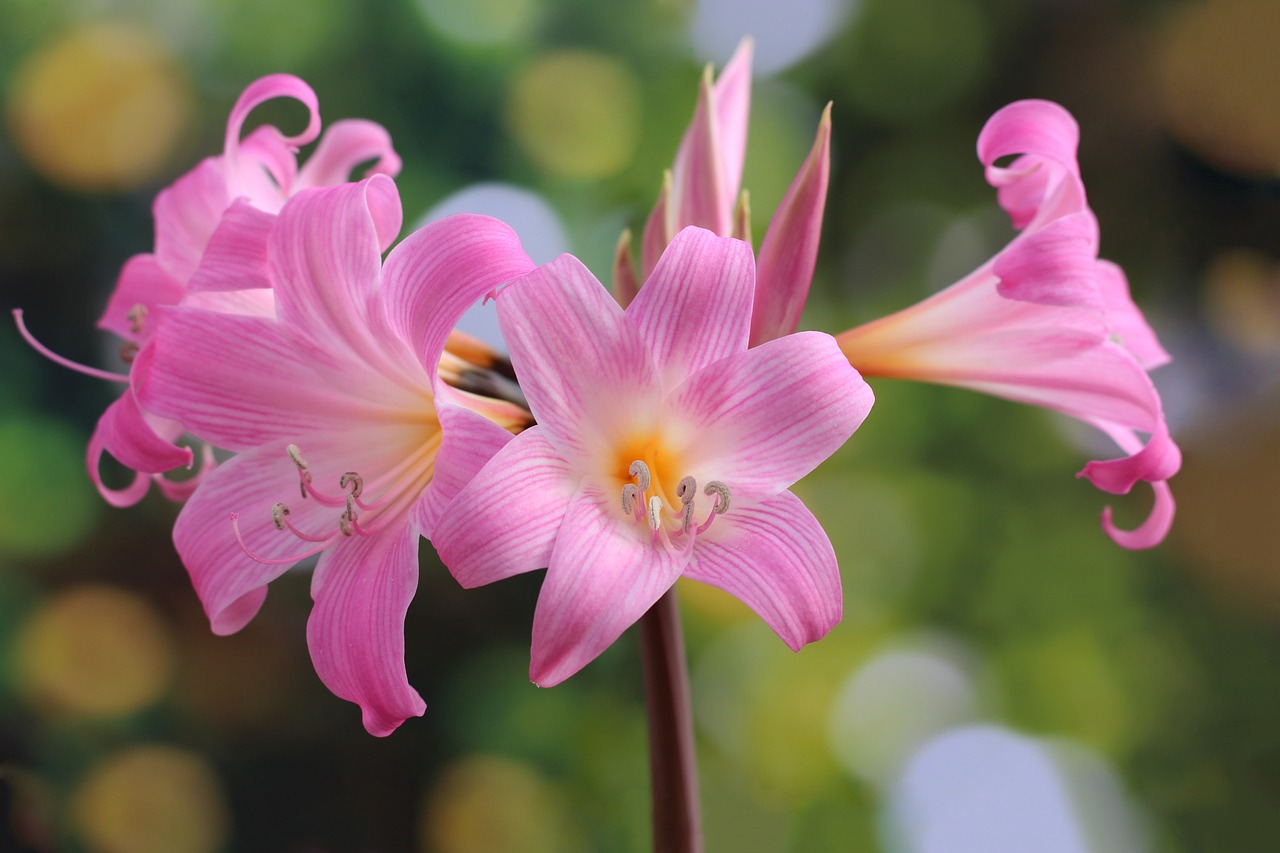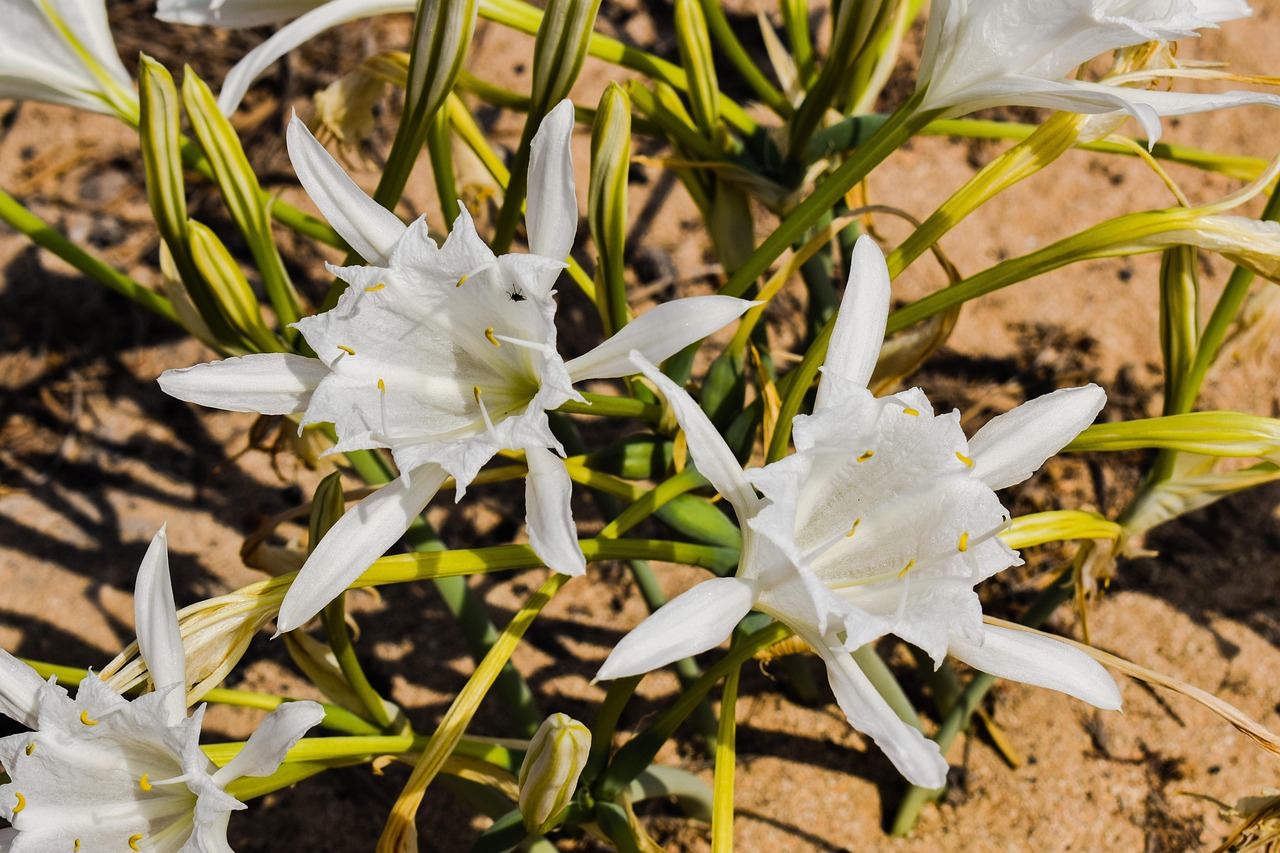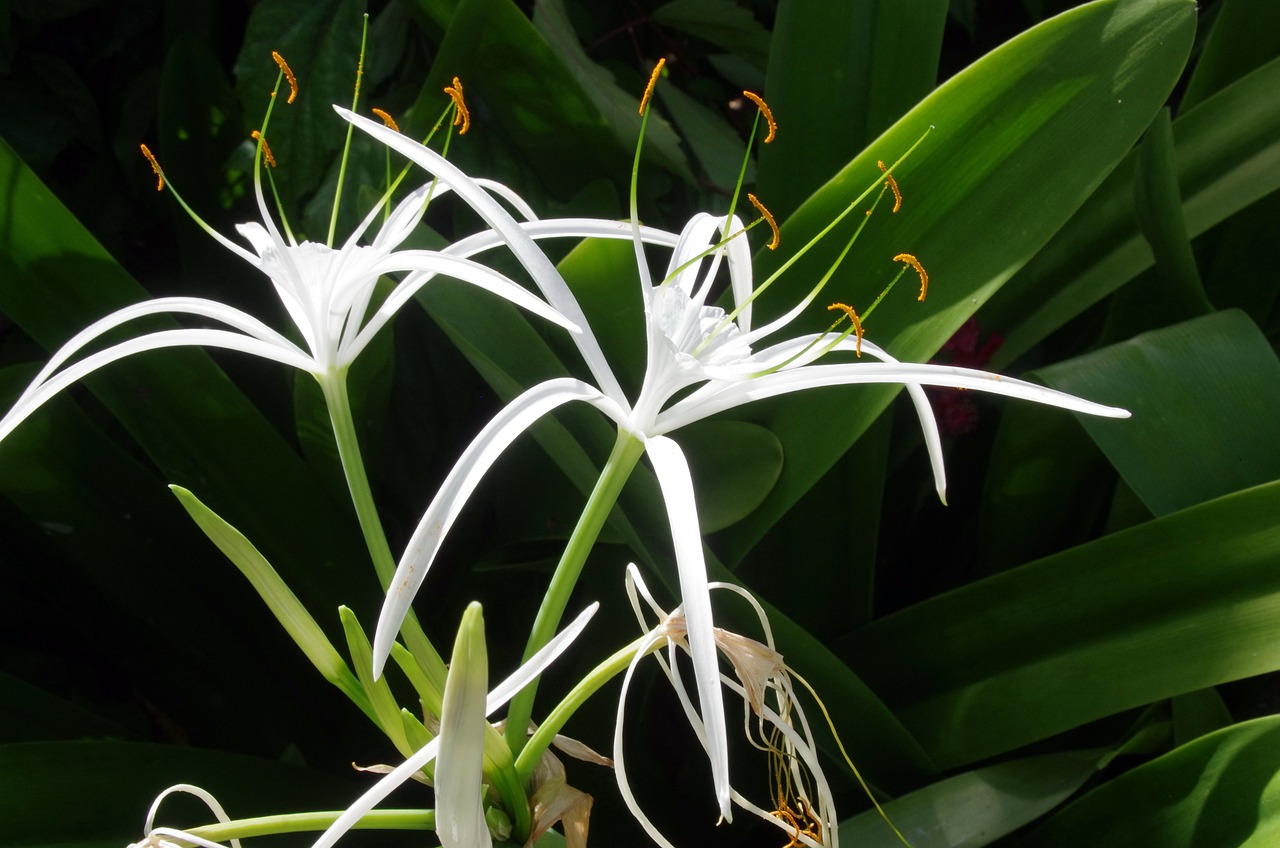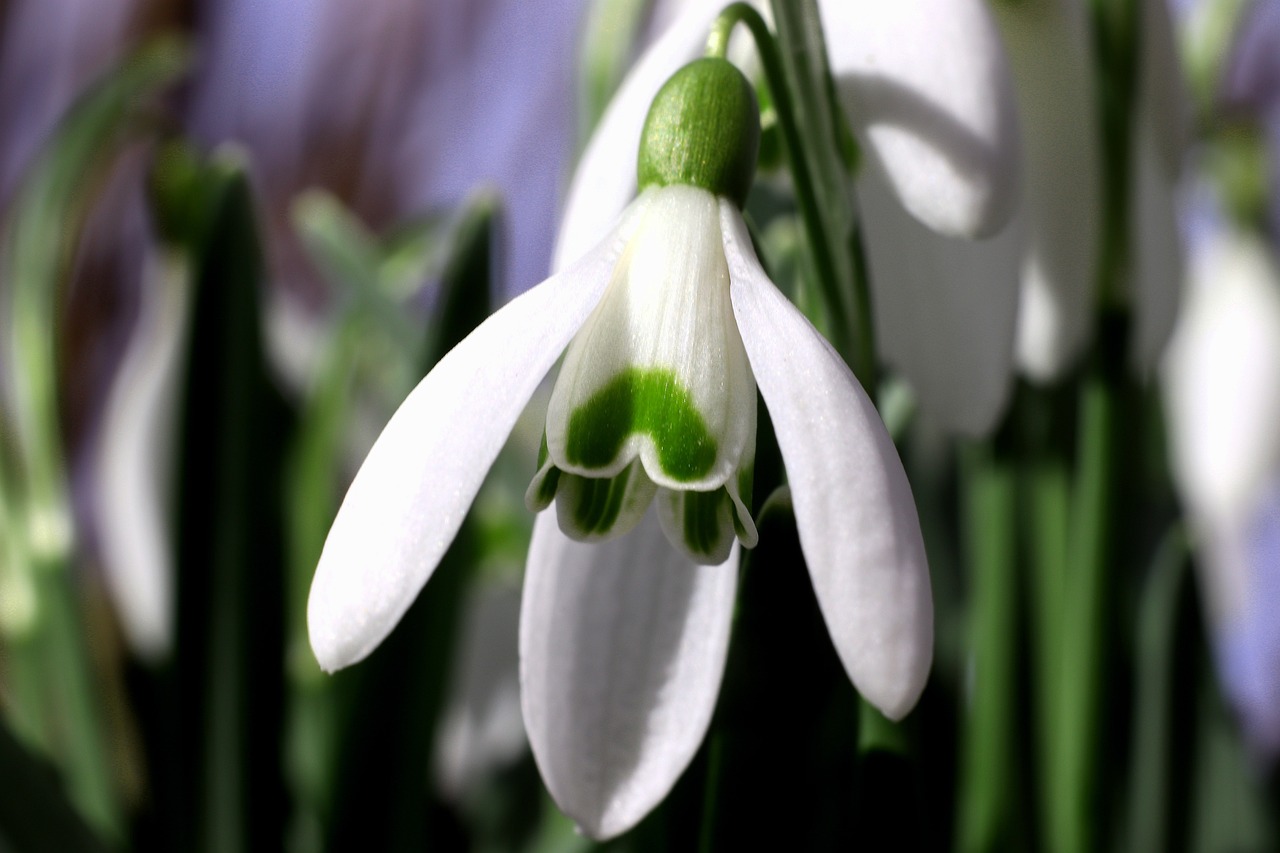Allium giganteum | The Spherical Plant that Enchanted European Gardens
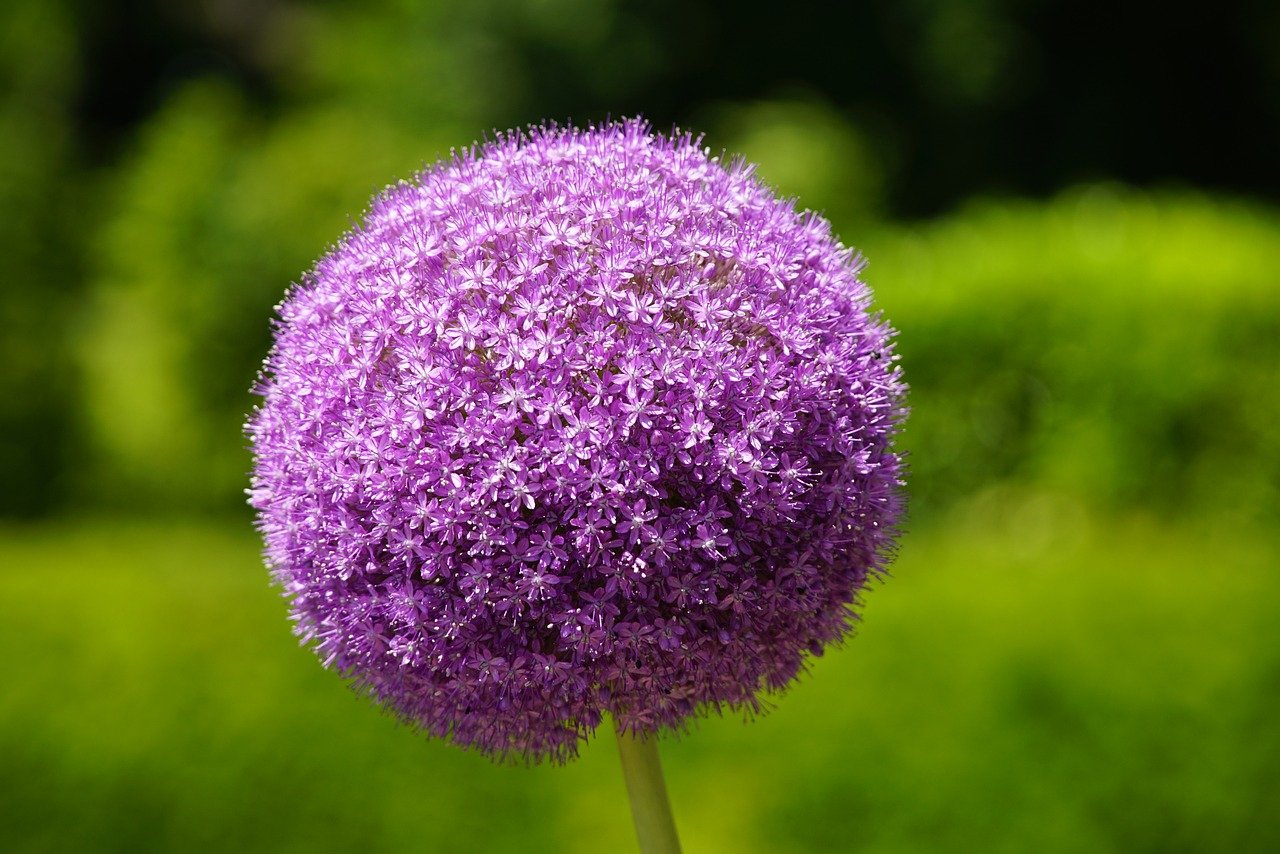
Allium giganteum is a perennial plant belonging to the genus Allium, notable for its large spherical flowers that bloom in early summer.
Clusters of small purple blossoms form a striking globe that appears to float in the air. With a height that can exceed one meter, it brings both impact and dimensionality to any garden.
In this article, I will introduce the basic information, cultural significance, historical background, and practical tips for cultivating Allium giganteum.
Basic Information
- Scientific name: Allium giganteum
- Family: Amaryllidaceae
- Origin: Central Asia (Iran, Turkmenistan, Afghanistan, etc.)
- Appearance: The tall, upright stem bears a spherical inflorescence about 15–20 cm in diameter at its tip. The leaves grow from the base, long and arching. The flower color is mainly purple, harmonizing beautifully with bright garden landscapes.
- Blooming season: May to June
Cultural Significance Worldwide
Allium giganteum is highly valued worldwide as a decorative plant.
In Europe, it is especially popular in modern and natural-style gardens, appreciated as a flower that adds movement and structure to the landscape. In the United Kingdom, it is often featured at horticultural events such as the Chelsea Flower Show and is widely used as an accent in garden design. Thanks to the refined elegance of its purple blossoms, it is also frequently planted in public spaces.
In Japan, it is distributed under the name “Gigantium.” Its striking appearance has also made it popular as a cut flower. In recent years, it has been increasingly embraced by gardening enthusiasts as a perennial addition to their gardens.
Historical Background
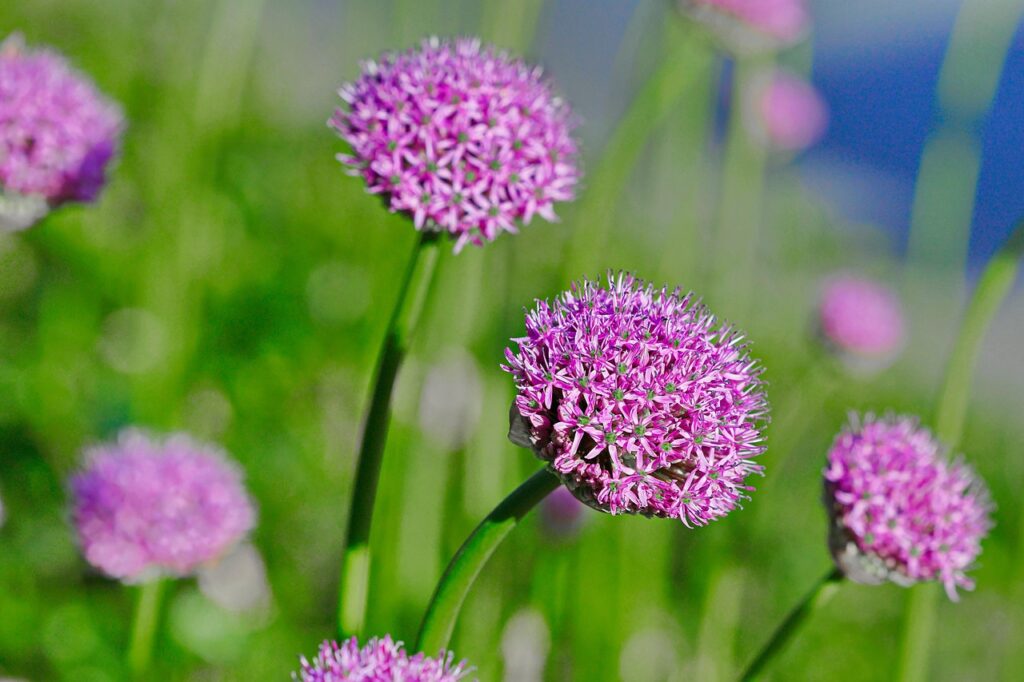
Allium giganteum was introduced to Europe from Central Asia in the late 19th century.
British and German botanists discovered it during their exploration and collection expeditions, bringing it back to Europe where it spread into horticultural culture. Initially, its unique appearance confined it to exhibitions in select botanical gardens. However, by the early 20th century, breeding efforts produced hardier varieties with longer blooming periods.
Thereafter, it became widely cultivated as a bulbous plant, especially in the United Kingdom and the Netherlands. Today, it has established itself as a popular garden plant accessible worldwide.
Gardening Advice
To grow Allium giganteum beautifully, consider the following points:
Sunlight
Prefers full sun. It can tolerate partial shade, but full sun ensures the best flowering and color.
Watering
Keep the soil moderately moist after planting until germination. Avoid overwatering. During the growing season, water generously when the soil surface dries. Reduce watering during dormancy.
Soil
Well-drained soil is essential. Mixing in compost or perlite improves aeration and prevents root rot. Clay soils should be amended thoroughly.
Fertilizer
Apply slow-release fertilizer at planting time. Additional feeding in spring before flowering will encourage larger, more vibrant blooms.
Pruning
Cut flower stalks once blooming is finished. Leave the foliage until it naturally withers, allowing nutrients to return to the bulb for the following year.
Hardiness
Hardy in temperate climates, though mulching in colder regions provides added protection. Bulbs can overwinter in the ground without lifting.
Conclusion
Allium giganteum, with its spherical purple flowers and tall stems, is a striking perennial.
Since its introduction from Central Asia to Europe in the 19th century, it has been refined through breeding and enjoyed worldwide. In European gardens, it contributes to structural design, while in Japan, its impressive blooms are appreciated both in gardens and as cut flowers.
With full sun and well-drained soil, this plant reveals its beauty to the fullest. I recommend it to anyone wishing to add height and uniqueness to their garden.

